Tag: Kansas legislature
-
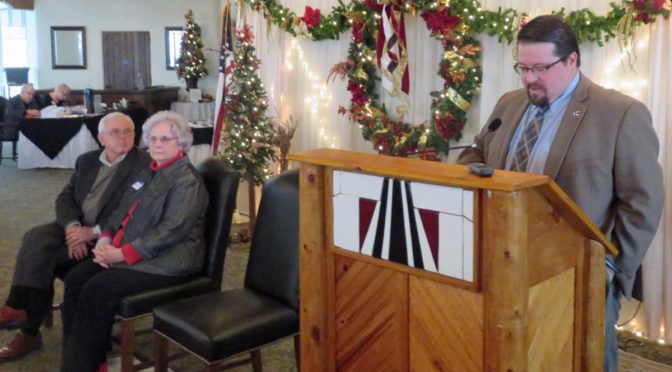
From Pachyderm: Local legislative priorities
From the Wichita Pachyderm Club: Local government officials present their legislative priorities.
-
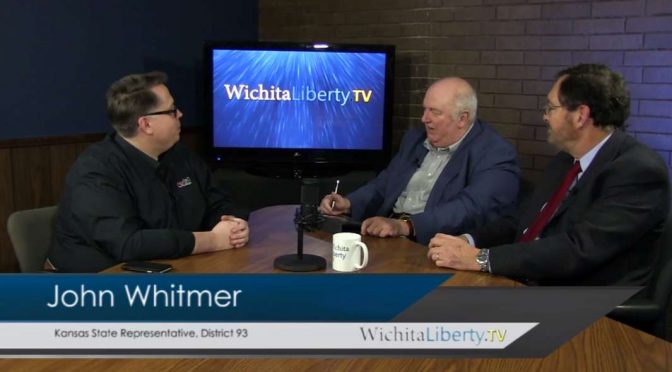
WichitaLiberty.TV: Kansas Representative John Whitmer
Kansas Representative John Whitmer joins Karl Peterjohn and Bob Weeks to discuss current issues in state government, and why he supports Wink Hartman for governor.
-

From Pachyderm: Kansas Senate President Susan Wagle
Kansas Senate President Susan Wagle addressed members and guests of the Wichita Pachyderm Club on November 10, 2017. School finance and the Kansas Supreme Court was a prominent topic.
-
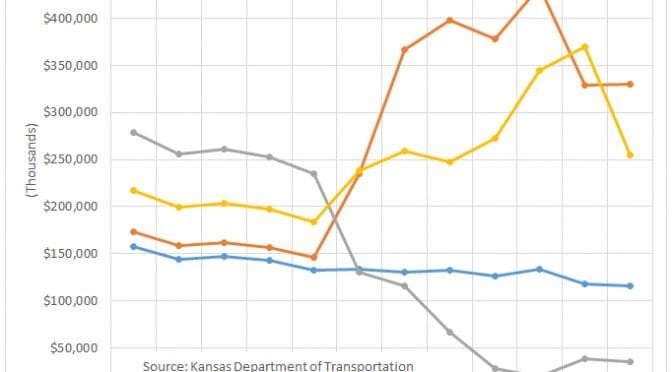
Kansas highway spending
A look at actual spending on Kansas highways, apart from transfers.
-
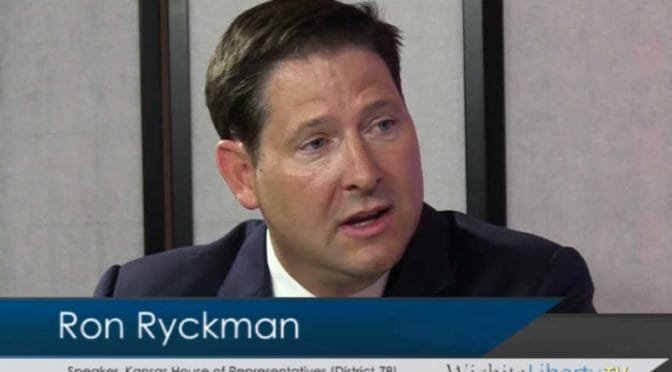
WichitaLiberty.TV: Kansas Speaker of the House Ron Ryckman
Speaker of the Kansas House of Representatives Ron Ryckman joins hosts Bob Weeks and Karl Peterjohn to discuss current governmental affairs in Kansas.
-
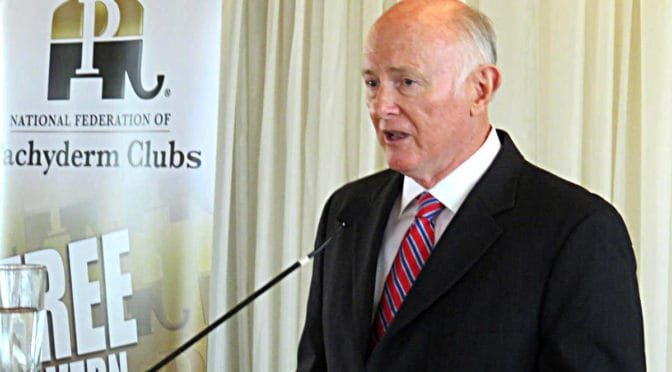
From Pachyderm: Kansas Secretary of Revenue Sam Williams
From the Wichita Pachyderm Club: Kansas Secretary of Revenue Sam Williams.
-

WichitaLiberty.TV: After the Kansas tax increases
Jonathan Williams, chief economist at American Legislative Exchange Council (ALEC), joins Bob Weeks and Karl Peterjohn to discuss what ALEC does, and then topics specific to Kansas.
-

Kansas legislative highlights for 2017
Kansas Legislative Research Department has released its annual highlights of legislation document for the 2017 session.
-
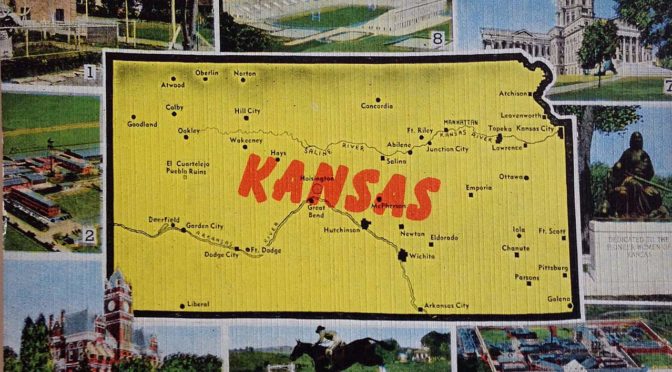
Happy Fiscal New Year, Kansas (not)
A Kansas public policy group celebrates tax increases. But it isn’t enough, and more reform is required.